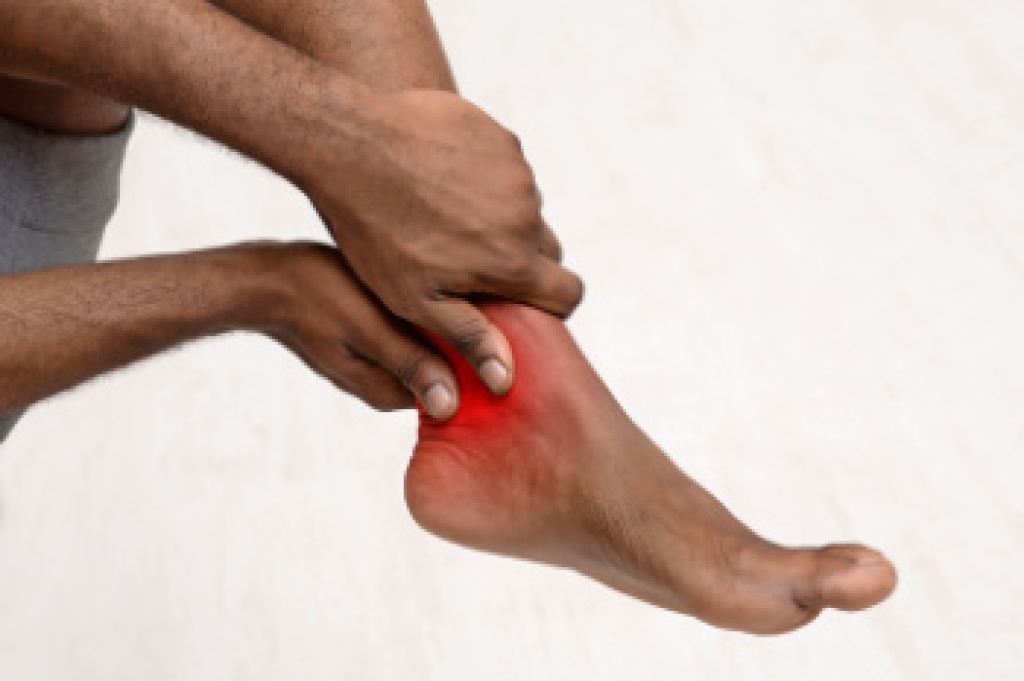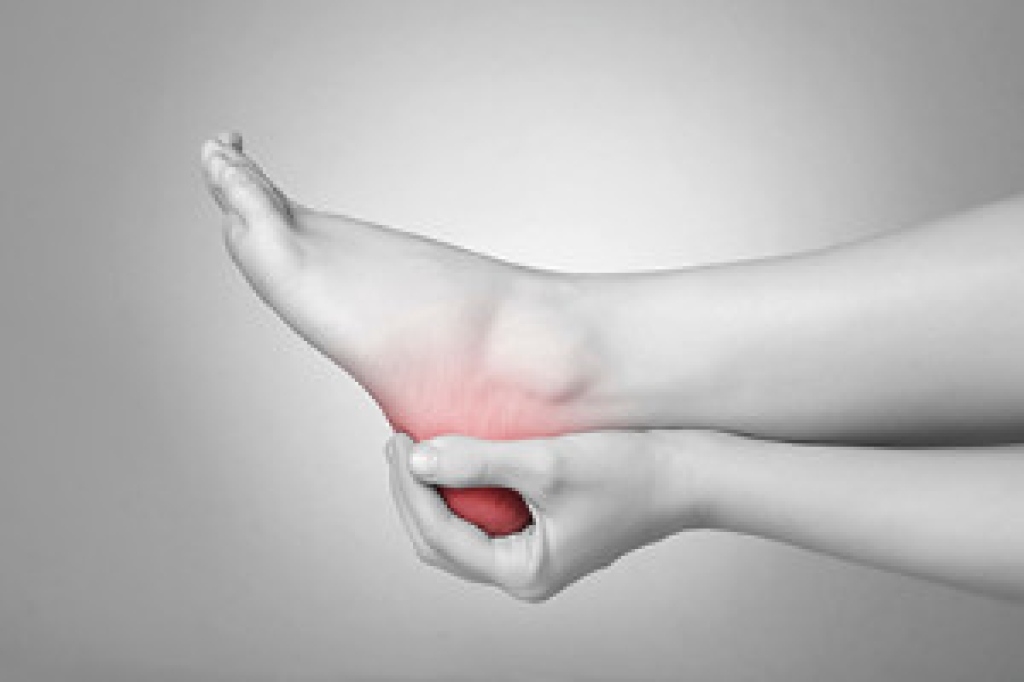
Living with arthritis in the hips, knees, ankles, or feet often means coping with unpredictable flares that can interrupt even simple routines. During these episodes, joints may swell, stiffen, or ache more intensely, making movement difficult. Applying gentle heat for stiffness, and choosing supportive shoes can provide comfort. Stretching and light activity such as swimming help preserve flexibility without adding strain. On challenging days, using a cane or walker may prevent unnecessary stress on painful joints. Managing body weight and staying active between flare-ups also play a role in protecting mobility over the long term. Because each case of arthritis is unique, care should be tailored to individual needs. If you are struggling with recurring lower limb arthritis flare-ups, it is suggested that you consult a podiatrist for strategies that support joint health and daily comfort.
Arthritis can be a difficult condition to live with. If you are seeking treatment, contact the foot specialists from Affiliates in Foot Care, P.C.. Our doctors can provide the care you need to keep you pain-free and on your feet.
Arthritic Foot Care
Arthritis is a joint disorder that involves the inflammation of different joints in your body, such as those in your feet. Arthritis is often caused by a degenerative joint disease and causes mild to severe pain in all affected areas. In addition to this, swelling and stiffness in the affected joints can also be a common symptom of arthritis.
In many cases, wearing ill-fitting shoes can worsen the effects and pain of arthritis. Wearing shoes that have a lower heel and extra room can help your feet feel more comfortable. In cases of rheumatoid arthritis, the arch in your foot may become problematic. Buying shoes with proper arch support that contour to your feet can help immensely.
Alleviating Arthritic Pain
- Exercises that stretch the foot can prevent further pain and injury and increase mobility
- Most of the pain can be alleviated with anti-inflammatory drugs, heat, and topical medications
- Massages can help temporarily alleviate pain.
It is best to see your doctor for the treatment that is right for your needs and symptoms. Conditions vary, and a podiatrist can help you determine the right method of care for your feet.
If you have any questions please feel free to contact our office located in Woburn, MA . We offer the newest diagnostic tools and technology to treat your foot and ankle needs.


 Plantar fasciitis
Plantar fasciitis
